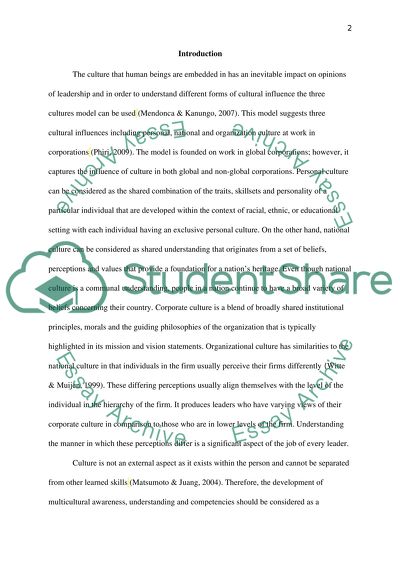Cite this document
(“Human Resources Development and Leadership Essay”, n.d.)
Retrieved from https://studentshare.org/human-resources/1689524-human-resources-development-and-leadership
Retrieved from https://studentshare.org/human-resources/1689524-human-resources-development-and-leadership
(Human Resources Development and Leadership Essay)
https://studentshare.org/human-resources/1689524-human-resources-development-and-leadership.
https://studentshare.org/human-resources/1689524-human-resources-development-and-leadership.
“Human Resources Development and Leadership Essay”, n.d. https://studentshare.org/human-resources/1689524-human-resources-development-and-leadership.


